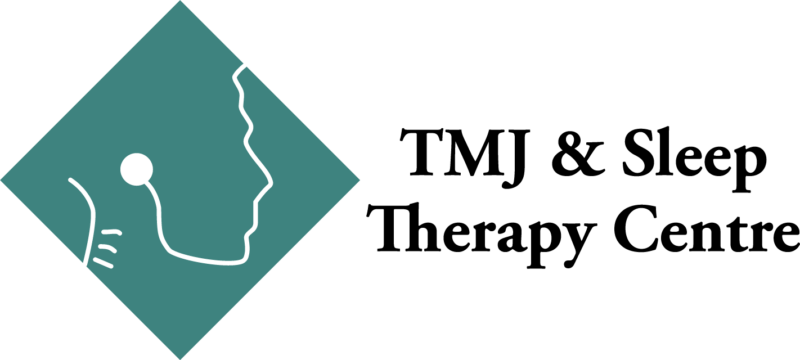If you’ve ever suffered the soul-emptying pain of a migraine, we sympathize. The throbbing pain on one side of your head, the nausea, and the light and sound sensitivity – it makes you wish the world would just go away.
Medical science struggles to understand migraines. Research suggests the cause might be genes that regulate activity in brain cells. Because migraines may be linked to stress and anxiety, efforts to relieve stress may be the most effective remedy for migraines.
That Might Not Be a Migraine
It turns out, though, that many migraines aren’t migraines at all. They are a collection of symptoms that doctors often misdiagnose because they haven’t investigated their cause.
People with temporal mandibular disease (TMD) – misalignment of the temporal mandibular joints that connect your jaw to your head – often experience symptoms that look like a migraine. Patients report persistent pain in their head, ringing or buzzing in their ears and popping in the TM joint.
Although your doctor has few tools to prevent a migraine, TMD is curable, so a correct diagnosis is important. Many people have suffered for years with TMD headaches that could be alleviated quickly.
The Curious Connection Between Headaches and Sleep
Moreover, TMD is often associated with sleep disorders. To put it simplistically, a misaligned jaw can restrict breathing during sleep and cause a cascade of medical problems from nightly lack of rest and rejuvenation.
Consider this:
Children diagnosed with migraines have been found to be more than eight times more likely to have a sleep breathing disorder.
Any child reporting headaches and facial pain, or presenting symptoms consistent with ADHD should have a proper sleep evaluation.
So how do you know if your headache is a migraine or TMD? Or if it’s “just” a tension headache? After all, these are common maladies across the population. Thirty-seven million people get migraines and nearly everyone has experienced a tension headache.
Differences Between Migraines and Other Headaches
Tension headaches and migraines can present similar symptoms. Migraines typically hurt on one side of the head, but occasionally, so do tension headaches. Migraines tend to be more severe, but tension headaches can also cause intense pain. Migraines tend to be accompanied by a throbbing sensation. It’s possible for a tension headache to do the same.
One clear distinction is with what are called “aura” migraines. In these cases, the onset of a headache is preceded by a series of sensations. They may take the following forms:
- feeling less mentally alert or having trouble thinking
- seeing flashing lights or unusual lines
- feeling tingling or numbness in the face or hands
- having an unusual sense of smell, taste, or touch
Some migraines sufferers experience symptoms as much as a day or two before the acute phase of a headache. They may experience:
- constipation
- depression
- frequent yawning
- irritability
- neck stiffness
- unusual food cravings
The bottom line: distinguishing between a migraine and a tension headache is difficult. That’s why anyone who suffers from regular headaches should consider visiting a dentist who can examine the jaw and determine whether the TM joint might be involved.
For more blogs by Dr. Daniel Klauer click here.
